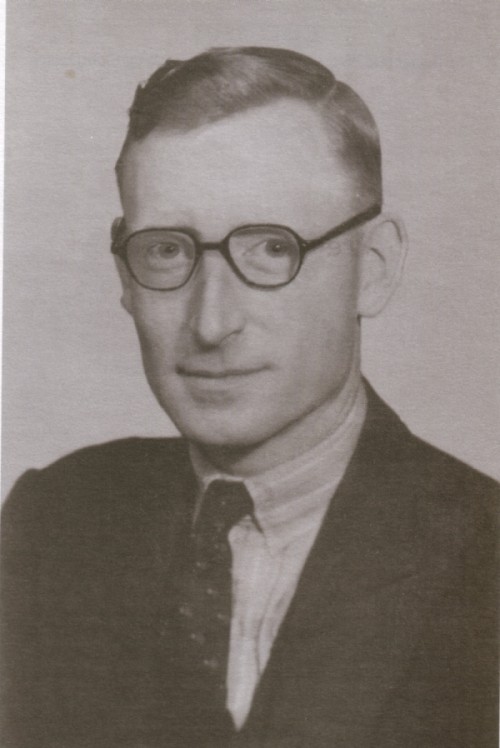Tommy Flowers
|
Tommy Flowers Tommy Flowers was born in London's East End on 22 December 1905, the son of a bricklayer. After an apprenticeship in mechanical engineering, he earned a degree in electrical engineering at the University of London. In 1926, he joined the telecommunications branch of the General Post Office (GPO), moving to work at the research station at Dollis Hill on the northwest side of London in 1930. From 1935 onward, he explored the use of electronics for telephone exchanges. By 1939, he was convinced that an all-electronic system was possible. This background in switching electronics would prove crucial for his computer design in World War II.
Flowers was first brought into the codebreaking world to work on Alan Turing's Bombe, a system designed to break Enigma codes. A more complicated cipher, Lorenz, required a new system to crack. In order to break it, Flowers proposed the design for the machine that would become known as Colossus, the world's first programmable electronic computer. Management at Bletchley Park, the UK's codebreaking centre, was sceptical and encouraged Flowers to continue alone rather than prioritising the project. Flowers put his own money into the machine to get the project off the ground. It paid off - he was soon assigned staff and priority access to resources. Flowers had pursued the use of valves rather than electro-mechanical switches in the construction, which caused heated debate, but when Colossus began operating at Bletchley Park in January 1944, his system ran five times faster than the rival electro-mechanical switch machine, named Heath Robinson.
A Mark II redesign of Colossus entered service on 1 June 1944 and immediately provided vital intelligence regarding the D-Day landings, such as the disposition of German troops in Normandy. The machines continued providing vital intelligence until the end of the war. Ten units were operational during World War II. All but two were dismantled after the war. This last pair of Colossi may have provided codebreaking services during the Cold War before finally being decommissioned in 1959 and 1960. Flowers was rewarded with an MBE and a £1,000 grant, which did not even cover his investment in Colossus. His work was not publicly revealed until the 1970s. Today, the place of Colossus in computing history is assured, and Flowers is acknowledged as the principal architect of the machine. Historical Timeline for Tommy Flowers :
|
|










